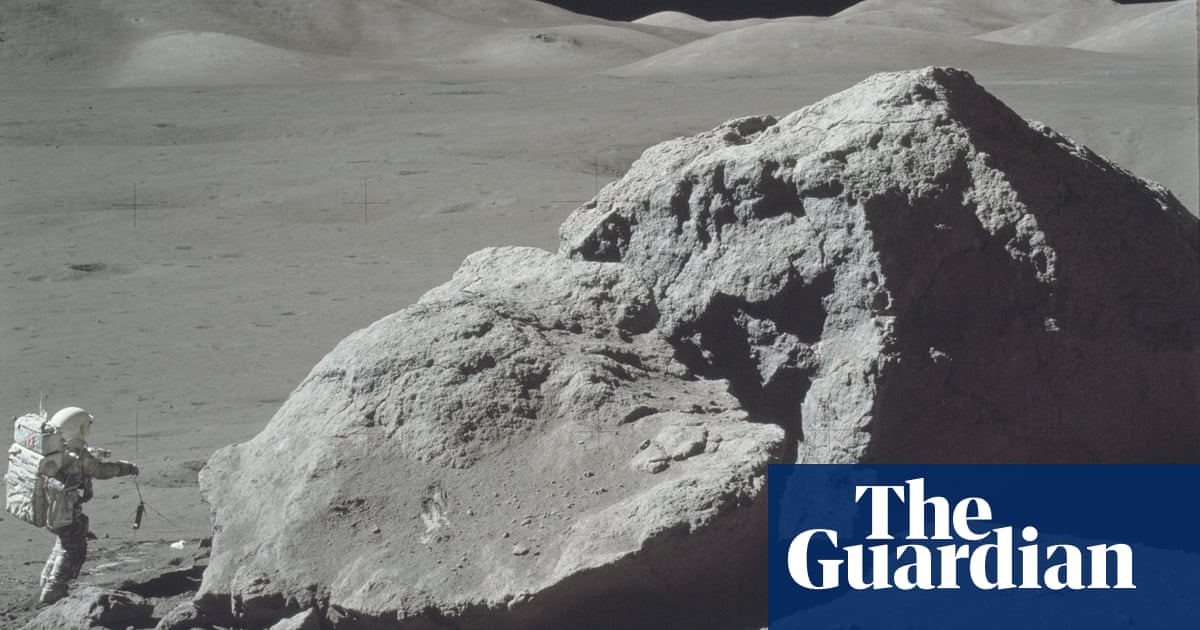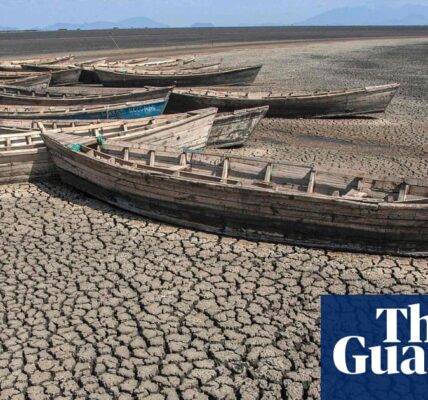According to researchers, the Moon could be 40 million years older than previously believed.

The moon has illuminated the dinosaurs, sparked the creativity of renowned poets, and been investigated by bold astronauts. However, despite its long-standing existence, the exact time of the moon’s origin has been a topic of discussion. New findings from researchers have now determined that the Earth’s satellite is actually 40 million years older than previously believed.
Researchers uncovered their findings by examining crystals found in lunar dust collected during the Apollo 17 mission in 1972, which marked the final moon landing by astronauts.
Dr. Jennika Greer, the lead author of the study from the University of Glasgow, expressed her excitement about having tangible evidence that the rock in her hands is the oldest fragment of the moon discovered thus far. This serves as a pivotal reference point for numerous inquiries about Earth. Understanding the age of something allows for a deeper comprehension of its past events and transformations.
Approximately 100 million years after the solar system was formed and the planets had already taken shape, it is believed that a planet the size of Mars collided with Earth. This collision resulted in the ejection of a significant amount of material that ultimately formed the moon. The force of the impact caused the moon’s surface to become molten, but as the magma cooled, it solidified into its current form.
Importantly, the crystals examined in the research were believed to have developed during the cooling phase, providing an opportunity for researchers to analyze their composition and determine their age, as well as the age of the moon.
Finding a precise timeline for this has proven to be challenging. Research on lunar materials and modeling has indicated that the moon is approximately 4.42 billion years old, but new studies on crystals have proposed that it may be even older.
Recent studies indicate that modern analytical methods validate the formation of the crystals in the past.
The method, called atom probe tomography, utilizes a laser to vaporize atoms from sharpened crystals with a small “nano tip”. The weight of these atoms can be identified and the ratio of different uranium and lead atoms – referred to as isotopes – can be determined. As uranium converts to lead through radioactive decay, this ratio can reveal the age of the crystals.
According to a team’s publication in Geochemical Perspectives Letters, the conclusion is that the crystals, and therefore the satellite, have an age of at least 4.46 billion years.
The team stated that this discovery sets the age of the earliest lunar crust back by approximately 40 million years and also establishes a minimum age for the moon’s formation within 110 million years after the birth of the solar system.
The authors propose that certain crystals may skew the dating results by appearing younger due to the loss of lead in the material after crystallization.
The study was welcomed by Dr. Romain Tartèse from the University of Manchester, who was not a part of the research team.
“He stated that this suggests the moon is at least 4.46 billion years old, which goes against some of the recent theories proposing a younger formation of the moon.”
He stated that the discovery implies that the collision between Earth and a large object that formed the moon likely happened several tens of millions of years earlier.
Nonetheless, Tartèse pointed out that the research presupposes that the results obtained from the Apollo samples are applicable to the entire moon, although this may not necessarily be accurate.
He emphasized the significance of collecting additional samples from various parts of the moon in future missions.
Tartèse also noted that this research showcases the significant advantages of conducting sample return missions and ensuring proper curation. Despite more than half a century passing since these samples were brought back, we continue to uncover important insights about the moon and the rest of the solar system thanks to advancements in technology.
Source: theguardian.com


